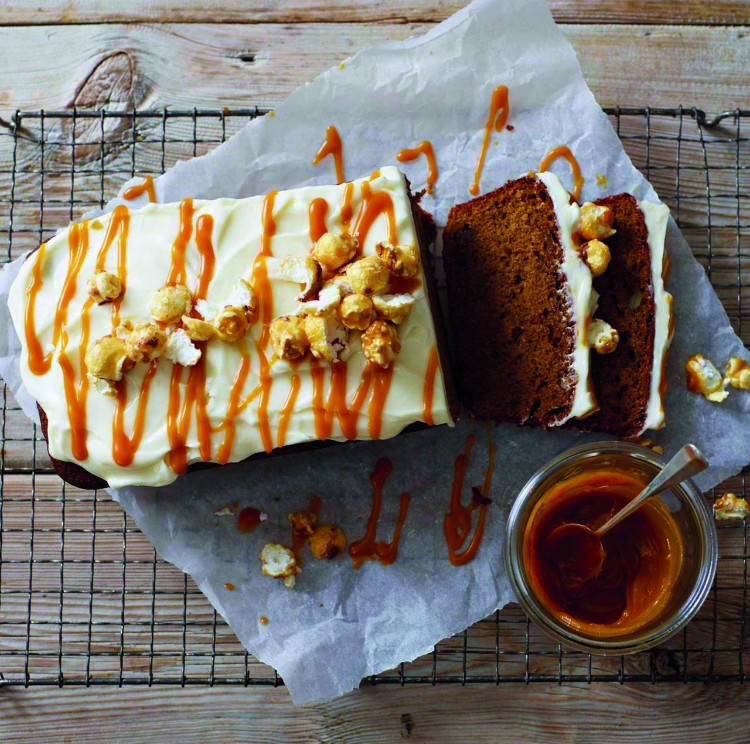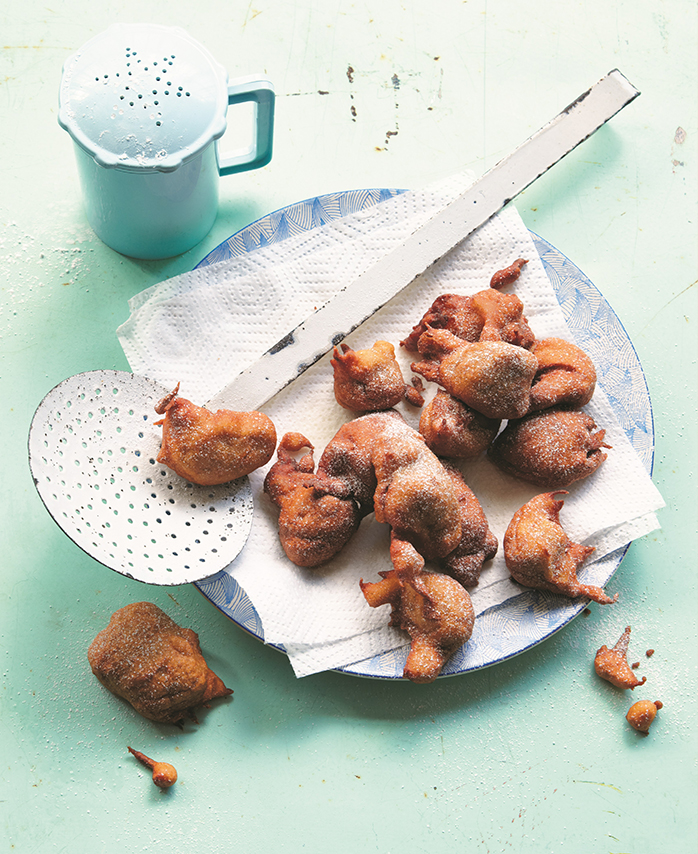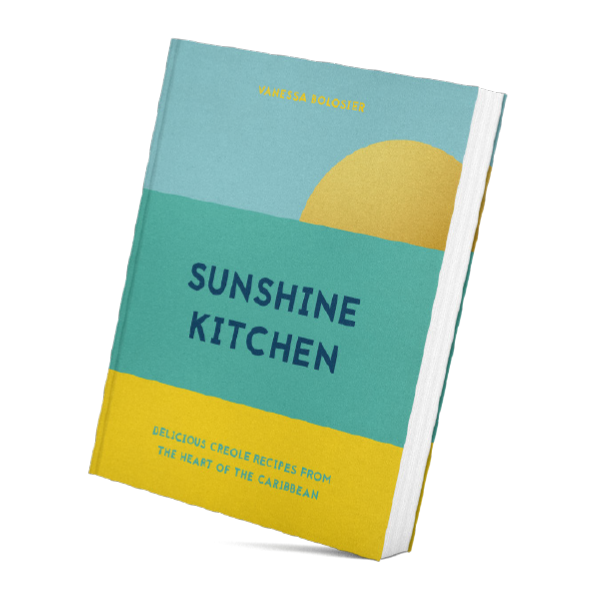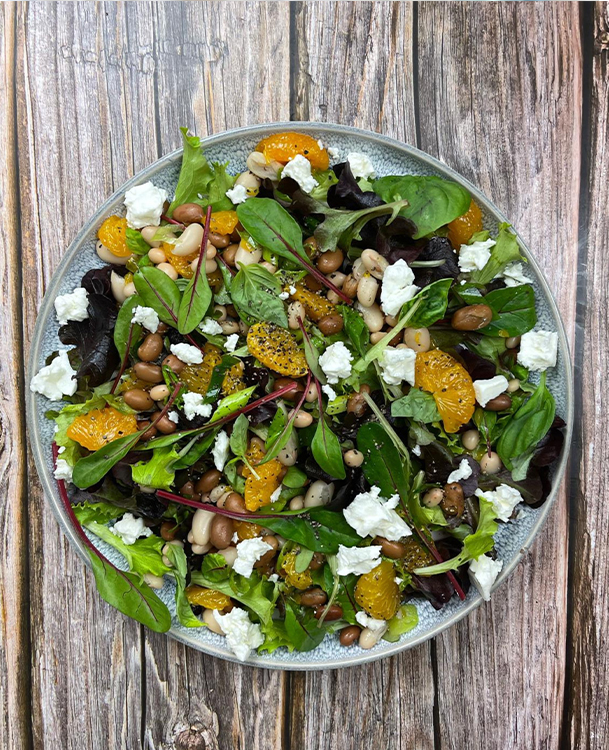Paul Zerdin on his Hands Free show at Camberley Theatre on Tuesday, 21st September
By popular demand, ventriloquist Paul Zerdin is back, with Sam, Albert, Roger the bodyguard and an urban fox, all set for his show & tour. Liz Nicholls finds out more about the “one-man Muppet show”
Most of us have felt as if our wings have been clipped over the last 18 months. But Paul Zerdin and his motley crew of puppets are feeling more than a little liberated ahead of their live tour…
“Cannot bloody wait!” says Paul. “For once I think I know how the puppets feel being locked away after this last year locked down! I’m itching to get back on stage with a load of new gags and just be able to travel again.”
In case you’re uninitiated in his shows, Paul, who wowed the judges to be crowned winner of America’s Got Talent in 2015, describes it as a mixture of stand-up comedy with puppets… “Some sections use animatronic puppets which I control and voice, all live, and so it’s kind of like a one-man Muppet show with me at the helm trying to control my alter egos!”

Over lockdown Paul was kept busy writing the tour script for Hands Free. “It takes me a long time to come up with a new show. Lockdown has been a very creative time for me – I was lucky enough to work all last summer for Butlin’s as they moved their shows outdoors. I also wrote, produced and presented my own TV comedy series for YouTube which took up a lot of time but was enormous fun and am now talking to a major broadcaster about it. I also worked on my culinary skills, worked out at home and enjoyed vodka in the evenings!
“Camberley & Basingstoke [both on the tour] are two venues I know really well as before I was able to tour on my own I used to support a lot of famous names on tour including Brian Conley, Joe Pasquale and Ronnie Corbett. I have nothing but happy memories of touring these venues with what I can remember amazing audiences.”
With the lines of reality blurred in his shows, sometimes it’s confusing even for Paul to know who’s running it. To make sure he remains in charge, Paul is bringing his bodyguard Roger – who claims to be ex-CIA – to help him keep Sam, Albert and Baby in order as well as an urban fox. Hands Free also features Paul giving us a glimpse into his own reality, demonstrating what it’s like to be able to throw your voice in everyday situations where anything and everything can talk back.
If Paul had a magic wand what would he wish for the world? “I’d wish everybody download my Paul Zerdin – All Mouth Live Special on Amazon & iTunes; that way I could spread happiness, laughter and become financially secure!
* To find out more, please visit paulzerdin.com
Tell us your local news here




















